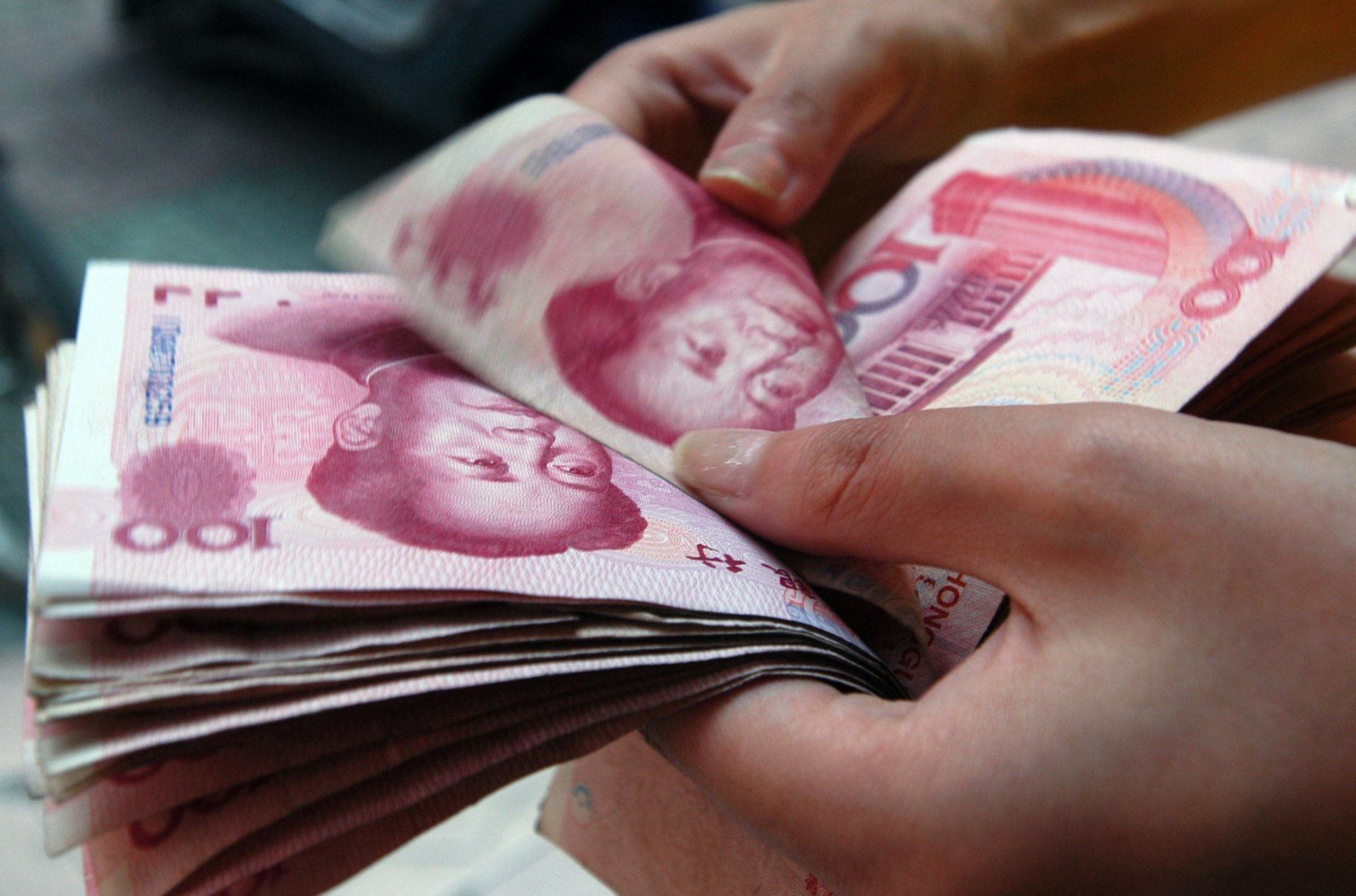The co-founder of Ethereum says we’re thinking about money all wrong
This story is part of What Happens Next, our complete guide to understanding the future. Read more predictions about the Future of Money.


This story is part of What Happens Next, our complete guide to understanding the future. Read more predictions about the Future of Money.
Every time someone comes up with a new representation to manage the physical world, people become suspicious. When Marco Polo first came back from the East, his stories of people using paper representations of money in China, not metal, were discredited as sorcery. How could slips of paper equal a chicken?
The European world continued to resist representative money well into the 17th century. Later forms of derivative money, electronically transferred over wires and computer networks, also took time to be understood and accepted.
Perhaps it is not surprising that the emergence of cryptocurrencies has unleashed equal waves of fascination and skepticism. These bits of cryptographically secured bundled data are just the newest form of value representation—the 21st century’s version of that flimsy paper money.
“Some of the most important human creations have been new representation systems,” said cognitive scientist Margaret Boden in The Creative Mind: Myths and Mechanisms. “These include formal notations, such as Arabic numerals (not forgetting zero), chemical formulae, or the staves, minims, and crotchets used by musicians. Programming languages are a more recent example.”
Cryptocurrency is in many ways a natural evolution of prior representational systems, though one that favors truth over state-sanctioned power. Unlike the government-run property systems (and the financial vehicles that followed it), its protocols minimize the need to trust other actors in the system. It is a system of peer-to-peer trust that is also radically decentralized and open.
“As representations of value become less ponderous and more virtual, people are understandably skeptical,” wrote Hernando de Soto in The Mystery of Capital. He was fascinated by the emergence of property systems and how they could reach beyond cultures, increase trust, and reduce the friction for creating new capital. As someone hailing from the global south, de Soto was sympathetic but ultimately critical of Marx’s argument of capital formed through labor. De Soto concluded that that those whose property assets were not tracked by necessary bureaucracies were “invisible and sterile in the marketplace.”
This new cryptocurrency system provides information, reduces costs, and adds value to transactions between who owns what. Creating consensus without a central actor is also a profound evolution of the social contract. The very consequence of this new system allows economic agents to discover the potential in new types of assets, whether that be digitized land titles, credit systems for consuming music, payment flows between Internet of Things devices, user data on the internet, or even electrons traded between solar panels.
Unlike the “invisible and sterile” people outside of the property system that de Soto referred to, anyone can access these new networks with a blockchain-based identity. In the developed world, it will mean that government agencies and banks can attest to your identity or behavior, such as that you are indeed a citizen of that country or have good financial standing. In the less developed world, people without persistent portable identification (such as refugees, or those without papers) will have a new identity construct that can be attested to. If they are forced to leave their country, they can still make purchases or get micro-loans and bootstrap their businesses.
Instead of wealth being controlled by a few state actors and the top 1%, it can be more evenly distributed. While just 1,000 people own 40% of the bitcoin that has been mined, cryptocurrencies writ large could eventually lead to more wealth distribution through the power of decentralized networks. Integrated systems invite the creation of a larger network where the potential to increase capital increases in orders of magnitude proportional to the number of users who connect to them. Giving developing countries access to this technology, therefore, will help raise the whole system, not just the unbanked.
Instead of adversarial relationships between corporation and customer, we will have collective common-good relationships on networked open platforms. It’ll take time, yes, but the uptake has been swift. As the ongoing building of new tokenized networks and business models on the Ethereum network has shown us, perhaps it will not take nearly as long to convince people of these new systems as it did Marco Polo in Europe.
This story is part of What Happens Next, our complete guide to understanding the future. Read more predictions about the Future of Money.